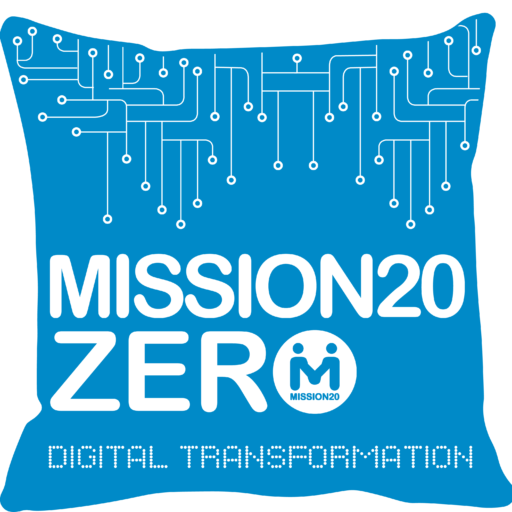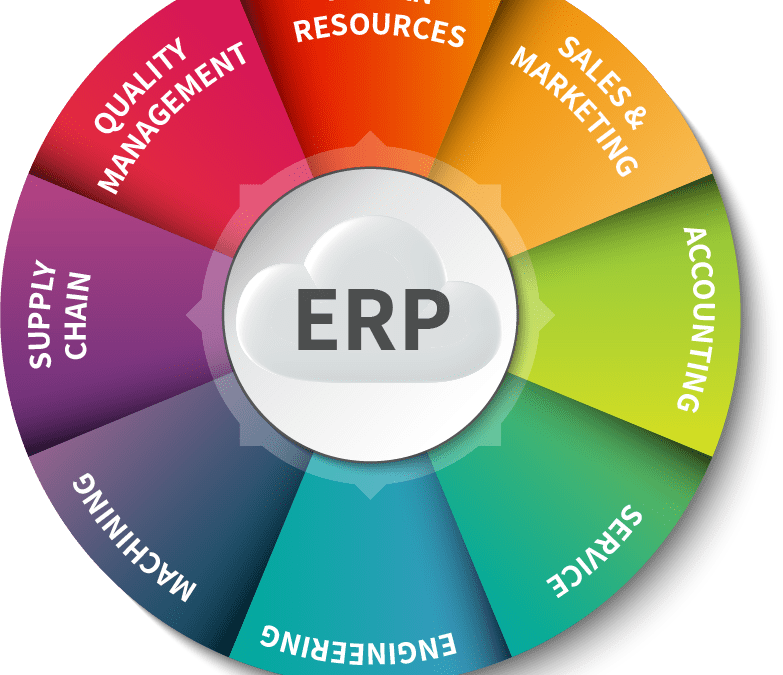After you have chosen a reliable ERP vendor, it might be tempting to jump right into the implementation phase. You selected a trusted project manager who delivered a project plan that seems robust. You might feel ready for the implementation, but there are a few questions you need to ask yourself before starting the implementation.
1. Have you accounted for the actual cost of the ERP project?
The actual cost of adopting an ERP system is more than license fees and implementations costs calculated by your ERP vendor. The total cost of an ERP implementation is often called the total cost of ownership and it includes several expenses. You will have to estimate the costs of human resources needed for the project, contingencies, delays, and the costs of running the system after it goes live.
Many companies also choose to seek assistance of a third-party consulting company that is not affiliated with the ERP vendor they chose in order to mitigate risks. Such services can cost anywhere from 20% to 70% of the license fee. In addition, your company will incur costs related to database management systems, and infrastructure costs such as backups, storage, desktop computers, and server infrastructure. Those costs normally amount to 10% to 20% of the total ERP implementation.
The human resources costs can be difficult to estimate as it will depend heavily on how you decide to execute the ERP implementation. You might have to hire temporary resources during the implementation, or bring in additional training personnel from the vendor in order to train your staff. Training is also rarely a one-time project but rather an ongoing task.
2. Do you have the right project team?
The right team is essential for the success of an ERP project. Essentially, your team structure will consist of three layers – an executive team, a project management team, and the core team. Team members should be chosen based on their merit rather than job title. You want people with the right skill and understanding for the project, and those people might not always be visible in your organization.
The executive level will most likely include the executive sponsor who will provide high-level guidance for the project, c-level executives and department heads, and an implementation partner if you choose to hire one. An implementation partner is usually a third-party organization not affiliated with the ERP vendor of your choice that helps you along the way.
The project manager team should include the project manager, an IT manager who is responsible for coordinating all internal IT-related activities, and a project manager from the vendor’s side. The core team needs to include people from all around the organization who are excited about the project, capable of teaching others and solving problems when needed, able to migrate the data to the new system efficiently, etc.
3. How will you integrate other third-party systems?
Chances are you will continue to use some third party systems even after the new ERP software is implemented. To account for this you need to prepare for full “integration” between these disparate systems. It might require time and additional consulting work either from the ERP vendor or a third-party vendor. Always check with your ERP vendor if they offer APIs that help you integrate the systems together. If not, you might have to develop your own APIs, or hire a third-party to do so. Keep in mind that this adds complexity and raises security issues.
4. How much support does your ERP vendor offer?
Even after the best, most in-depth training sessions your staff will have questions about the new systems that were not covered by the initial training session. Therefore, you should ask your vendor about their standard procedure for handling such requests. One practice is to have the same consultants that conducted the training be available for questions and support. With a familiar person present, your staff will be comfortable asking questions and thereby learn faster. Many vendors, especially larger vendors, will provide different levels of support at different prices. Ongoing support adds to the total cost of “ownership” of the ERP software and is something you should factor into the cost of licensing the software.
5. How are you going to measure success?
Prior to starting the implementation of an ERP system, you need to establish what defines a successful project for your organization. To figure that out you will need to establish key areas of improvement, and attach milestones and metrics to those areas that can be measured along the way. Keep in mind that some metrics are easier to measure than others. For example, tasks such as better time management and staff costs are metrics that can be quantified, increased financial visibility across the organization is a more abstract metric. Regardless of what you decide to measure, define those metrics early on in the project and communicate them to your team.


Recent Comments